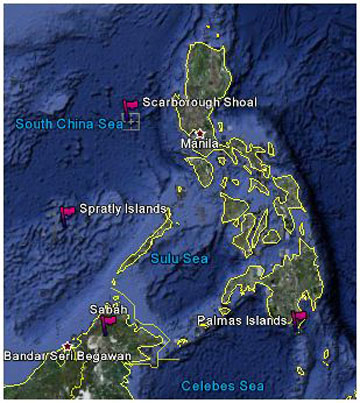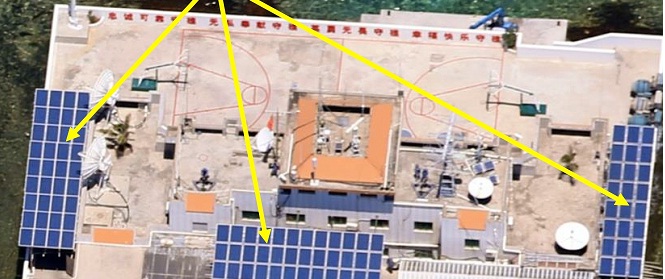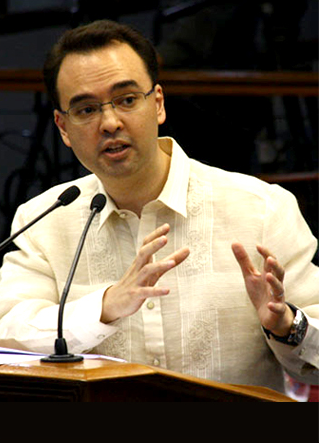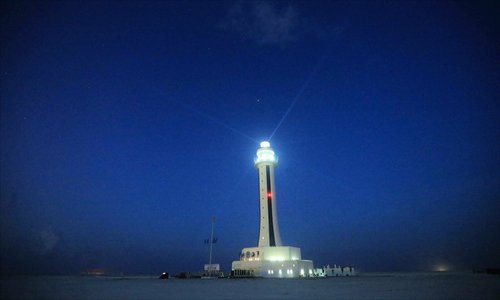By TESSA JAMANDRE
THE Philippines will soon initiate border talks with its neighbors and finally confront territorial issues it has long avoided, the most contentious being the dispute with Malaysia over Sabah, now that President Gloria Macapagal-Arroyo has signed the Philippine Archipelagic Baseline Law.
The Baseline Law defines the limits of Philippine territory. It is these limits that will determine the country’s extended continental shelf, which is believed to contain substantial amounts of oil, natural gas, minerals and polymetals.
The Philippines has less than two months to beat the May 13, 2009 deadline for the submission of its claim over the extended continental shelf before the United Nations Commission on the Limits of the Continental Shelf (CLCS). The UN body, however, will not rule on a claim if it involves disputed territory.
The United Nations defines the continental shelf as the “the seabed and subsoil of the submarine areas that extend beyond its territorial sea” up to 200 nautical miles from the archipelagic baseline. A continental shelf that goes beyond 200 nautical miles is called the extended continental shelf. Archipelagic states like the Philippines may claim an extended continental shelf of up to 350 nautical miles from the baseline.
But the country’s extended continental shelf overlaps with those of seven of its neighbors: Japan, China, Vietnam, Taiwan, Palau, Malaysia and Indonesia. Of these seven, the government sees its issues with Malaysia as the most difficult to resolve, because of its claim over Sabah.
 “Now we have a clear idea of what that theoretical outer limit is. I say theoretical because it will still be finalized by the UN body since that theoretical outer limit overlaps (with other countries). So that will be subject to bilateral negotiations,” said lawyer Henry Bensurto, secretary-general of the Department of Foreign Affairs’ Center for Maritime and Ocean Affairs (CMOA). He added that the government would soon send feelers for possible talks.
“Now we have a clear idea of what that theoretical outer limit is. I say theoretical because it will still be finalized by the UN body since that theoretical outer limit overlaps (with other countries). So that will be subject to bilateral negotiations,” said lawyer Henry Bensurto, secretary-general of the Department of Foreign Affairs’ Center for Maritime and Ocean Affairs (CMOA). He added that the government would soon send feelers for possible talks.
The Sabah claim
The Philippines and Malaysia have conflicting claims over Sabah, the northern part of Borneo. The distance between Sitangkai, the southernmost village of the province of Tawi-Tawi, and Manakalan or Nala, a coastal village in east Sabah, is only some 50 kilometers.
Sabah was ceded by the Sultan of Brunei to the Sultanate of Sulu, which ruled Sabah until it was leased to the British North Borneo Company in 1878. This lease continued until the formation of the Malaysian federation in 1963. The Malaysian claim is based on a perpetual lease. The Malaysian government is still paying an annual rent of 5,300 Malaysian ringgit, or less than P70,000.
“It’s a tricky question. There is an overlap if … we accept that Sabah is theirs. So there is a certain discomfort. It’s a difficult question. If we agree (that there is an overlapping claim), that means we accept Sabah is theirs,” Bensurto said.
It was in 1962 during the presidency of Arroyo’s father Diosdado Macapagal that the Philippines formally asserted that Sabah was part of its territory, based on the claims of the heirs of the Sultanate of Sulu, who had ceded proprietary rights to the Philippines. But the Sabah issue had been shelved for the sake of peaceful co-existence between the two countries.
Palmas Island
Another territorial dispute that needs to be resolved is the country’s boundary with Indonesia, which was already in Maritime Border Delimitation negotiations with the Philippines. The talks, however, were suspended because the Philippines had to settle the baseline issue first.
The point of reference in the talks with Indonesia is Palmas Island, which lies only 47 nautical miles east northeast of Saranggani province in Mindanao. The Treaty of Paris included Palmas Island, or Pulau Miangas to the Indonesians, within the Philippine territory. An arbitration ruling of the International Court of Justice in 1928, however, determined that Palmas belongs to Indonesia.
But while Philippine archipelagic baselines skirted Palmas Island, the country will still have to share an economic zone with Indonesia, given that the distance between them is less than 200 nautical miles. The exclusive economic zone is the area 200 nautical miles from the baselines seaward.
“If they (Indonesians) claim 200 nautical miles, they will cover part of our territory in the same way that if we claim 200 nautical miles, we will cover their area. So the challenge there is where to draw the line,” Bensurto said.
South China Sea
The cluster of islands in the South China Sea referred to as the Spratlys is claimed in part by the Philippines, Malaysia, Taiwan and Brunei, while Vietnam and China claim the whole island-group.
The Philippines will have to square off with China and Vietnam over the Spratlys, also known as the Kalayaan Island Group, which the Philippine Archipelagic Baseline Law defined as a regime of islands within Philippine territory.
Bensurto explained there will not really be any overlapping claims with mainland China on the matter of the extended continental shelf. But because China is claiming the whole of the South China Sea, the Philippines will have to negotiate.
Another complication is seen with Taiwan. Since the Philippines adheres to the one-China policy that does not recognize Taiwan as a state and only maintains diplomatic relations with the mainland, an overlap of the country’s extended continental shelf with Taiwan puts the Philippines in a serious dilemma. Relations between the Philippines and Taiwan are limited to cultural and economic matters.
Partial claim
Because these territorial disputes remain unresolved, the Philippines will have to make only a partial submission of the claim to its extended continental shelf to the UN-CLCS come the May 13 deadline.
Bensurto explained that a partial submission would effectively stop the clock, and buy the government time to settle disputes over controversial areas. “For the controversial areas we don’t give up any claim but we allow time, process, diplomacy or whatever tools available to resolve it because anyway that is not going to be subject to any deadline,” Bensurto said.
The country’s extended continental shelf may also overlap with Japan in the north and Palau in the southwest. All these overlaps that will be projected from the newly enacted baselines law will have to be subject to border delimitation agreements before a complete and final submission to the UN is made.
Bensurto said that if an agreement is reached in border talks, then the Philippines can either submit unilaterally or jointly with the country concerned.


